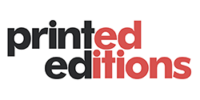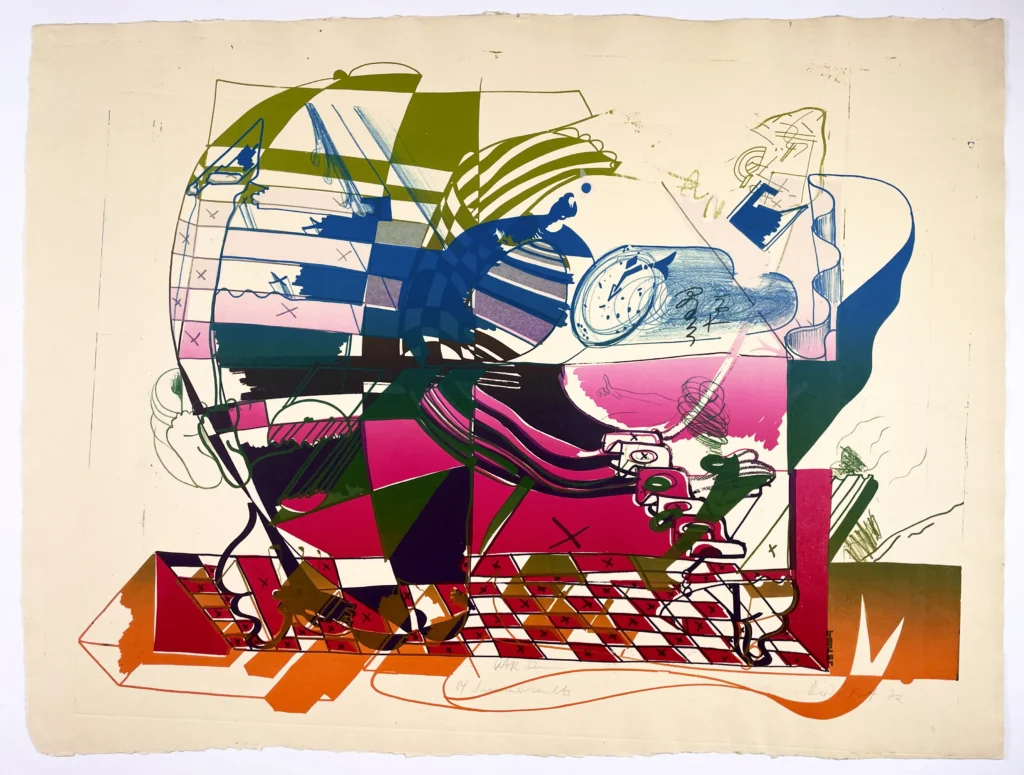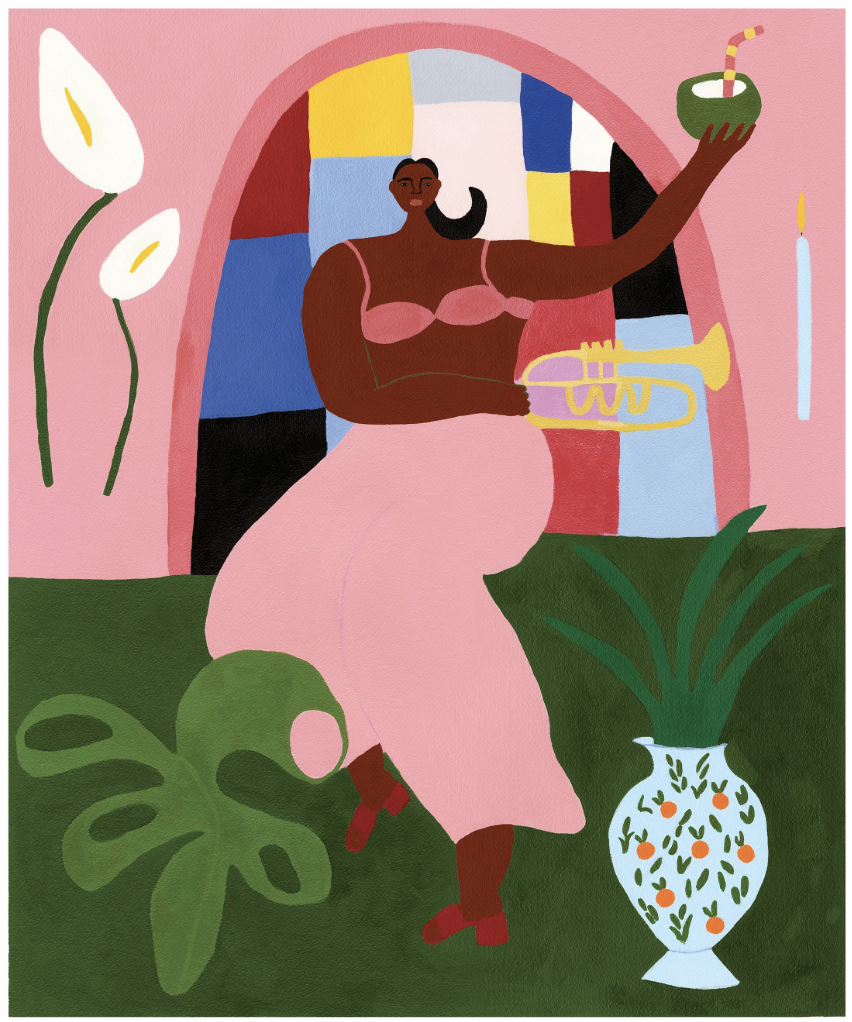Art Print Publishing
The world of art print publishing is a fascinating blend of creativity and commerce, where artistic vision meets market forces in an eternal dance of supply and demand. From humble beginnings with woodcuts and engravings to today’s digital revolution, the print market has weathered countless storms whilst continuously reinventing itself. Understanding this complex landscape requires looking at both the triumphs and tribulations that have shaped how we produce, distribute, and consume printed art.
The Golden Age of Print Publishing
During the 18th and 19th centuries, print publishing experienced its first major boom. Publishers like Rudolph Ackermann in London and Currier & Ives in America discovered that reproducing paintings and illustrations as affordable prints could reach audiences far beyond wealthy collectors. This democratisation of art was revolutionary—suddenly, ordinary families could decorate their homes with reproductions of famous works or charming scenes of daily life.
The success of these early publishers lay in their ability to identify popular subjects and produce them efficiently. Sporting scenes, landscapes, and portraits of celebrities sold particularly well. Publishers became skilled at reading public taste, often commissioning artists to create works specifically designed for mass reproduction rather than gallery display.
The Poster Revolution and Commercial Innovation
The late 19th century brought another transformation with the rise of the artistic poster. Companies like those producing advertisements for cabarets, bicycles, and consumer goods discovered that beautiful, eye-catching designs could sell products whilst becoming collectible art pieces themselves. Artists such as Henri de Toulouse-Lautrec and Alphonse Mucha elevated commercial printing to high art.
This period saw publishers experimenting with new printing techniques, particularly lithography, which allowed for vibrant colours and subtle gradations. The commercial success of decorative posters proved that print publishing could be both artistically significant and financially rewarding, setting the stage for modern art print markets.
Crisis and Competition in the Modern Era
The 20th century brought significant challenges to traditional print publishers. The rise of photography threatened the market for reproductive prints of paintings, whilst two world wars disrupted supply chains and changed public tastes. Many established publishing houses struggled to adapt to rapidly changing technologies and consumer preferences.
Competition intensified as printing technology became more accessible. Smaller publishers could now compete with established firms, leading to market fragmentation. The post-war boom in art education and museum attendance created new opportunities, but also more sophisticated consumers who demanded higher quality and greater variety in their print purchases.
The Digital Revolution and Its Discontents
The arrival of digital printing in the 1990s completely transformed the art print landscape. Suddenly, artists could produce their own limited editions without involving traditional publishers. Print-on-demand services eliminated the need for large print runs and expensive storage. This democratisation of printing technology was both liberating and devastating for established publishers.
Many traditional publishing houses found their business models obsolete almost overnight. The ability to print single copies economically meant that the old logic of mass production and distribution no longer applied. However, innovative publishers found new opportunities in offering expertise in marketing, quality control, and artist development that individual artists couldn’t easily replicate.
Contemporary Challenges and Opportunities
Today’s art print market faces unique challenges. The rise of online platforms has made it easier for artists to reach global audiences directly, but also created an oversaturated marketplace where standing out is increasingly difficult. Quality control remains a concern as cheaper printing options flood the market with inferior products.
Environmental concerns have also shaped the contemporary print market. Publishers increasingly emphasise sustainable practices, using eco-friendly inks and papers. This shift towards sustainability has created new market segments whilst adding costs that smaller publishers struggle to absorb.
Innovation and Adaptation
Successful contemporary publishers have learned to embrace rather than resist technological change. Many now offer hybrid services, combining traditional expertise with digital capabilities. Some specialise in ultra-high-quality reproductions using advanced scanning and printing technologies, whilst others focus on limited editions that emphasise the handmade and artisanal.
The most innovative publishers have also embraced new business models. Subscription services, artist residency programmes, and collaborative projects with museums and galleries have created fresh revenue streams. Some publishers now see themselves as curators and cultural mediators rather than simply manufacturers and distributors.
The Future of Print Publishing
Looking ahead, the art print market seems likely to become even more diverse and specialised. Whilst mass-market reproduction will continue to be dominated by digital technologies, there’s growing appreciation for traditional printmaking techniques and handcrafted products. Publishers who can successfully navigate between these extremes—offering both accessibility and exclusivity—are best positioned for success.
The challenge for contemporary publishers lies in maintaining relevance whilst preserving the qualities that make printed art special. In an increasingly digital world, the tactile experience of a well-made print becomes more, not less, valuable. The publishers who understand this paradox will likely define the next chapter in the ongoing story of the art print publishing game.


